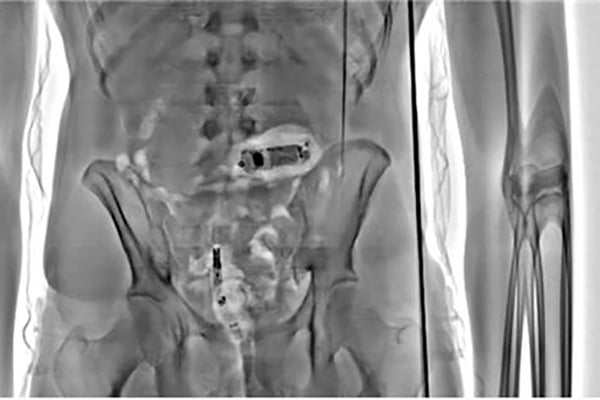The Department for Health and Social Care (DHSC) has splashed over £100m on IT budget over the past five years, signalling its commitment to support and bolster the infrastructure for remote work and accelerate healthcare processes.
The department, which is responsible for government policy on health and overseeing the NHS, has also doubled its IT headcount since the start of the pandemic, according to official figures.
New research conducted by the Parliament Street think tank, which used the Freedom of Information to obtain official data, shows that the number of IT staff at DHSC have increased from 23 to 45 over the last five financial years.
In particular, there was a notable rise in the number of IT employees at DHSC following the easing of lockdown restrictions in 2021, with IT staff count increasing from 25 to 38.
The total IT budget for the department nearly doubled, from £26,215,827 in FY18/19 to £47,227,000 in FY22/23. At the same time, IT staff salary jumped from £874,182 in FY18/19 to £2,627,779 over the past year - an increase of over 200%.
The news follows a recent cabinet reshuffle earlier this month, which moved the remit of digital policy away from the DHSC and saw the merger of NHS Digital with NHS England.
“The strain placed on the healthcare industry over recent years has demanded a significant increase in the adoption of technology to help manage the millions of terabytes of data handled by organisations. It is fantastic to see the Department of Health invest both in technology and its staff to meet these rising demands, ”Sridhar Iyengar, Managing Director for Zoho Europe, said.
He stressed that organisations should maintain a high level of investment in both technology and IT staff in order to better store and access critical data, tackle administrative tasks efficiently, and oversee the communications process between patients, carers and professionals.
“Digital transformation is a key enabler for staff, empowering them to be more productive by being relieved through tools such as automation, and organisations should always be evaluating their current IT infrastructure to improve their operational purposes and enhance both customer and employee journeys.”
He noted that investment in staff should prioritise training and upskilling in order to teach them why certain technologies have been introduced and the benefits they can provide.








